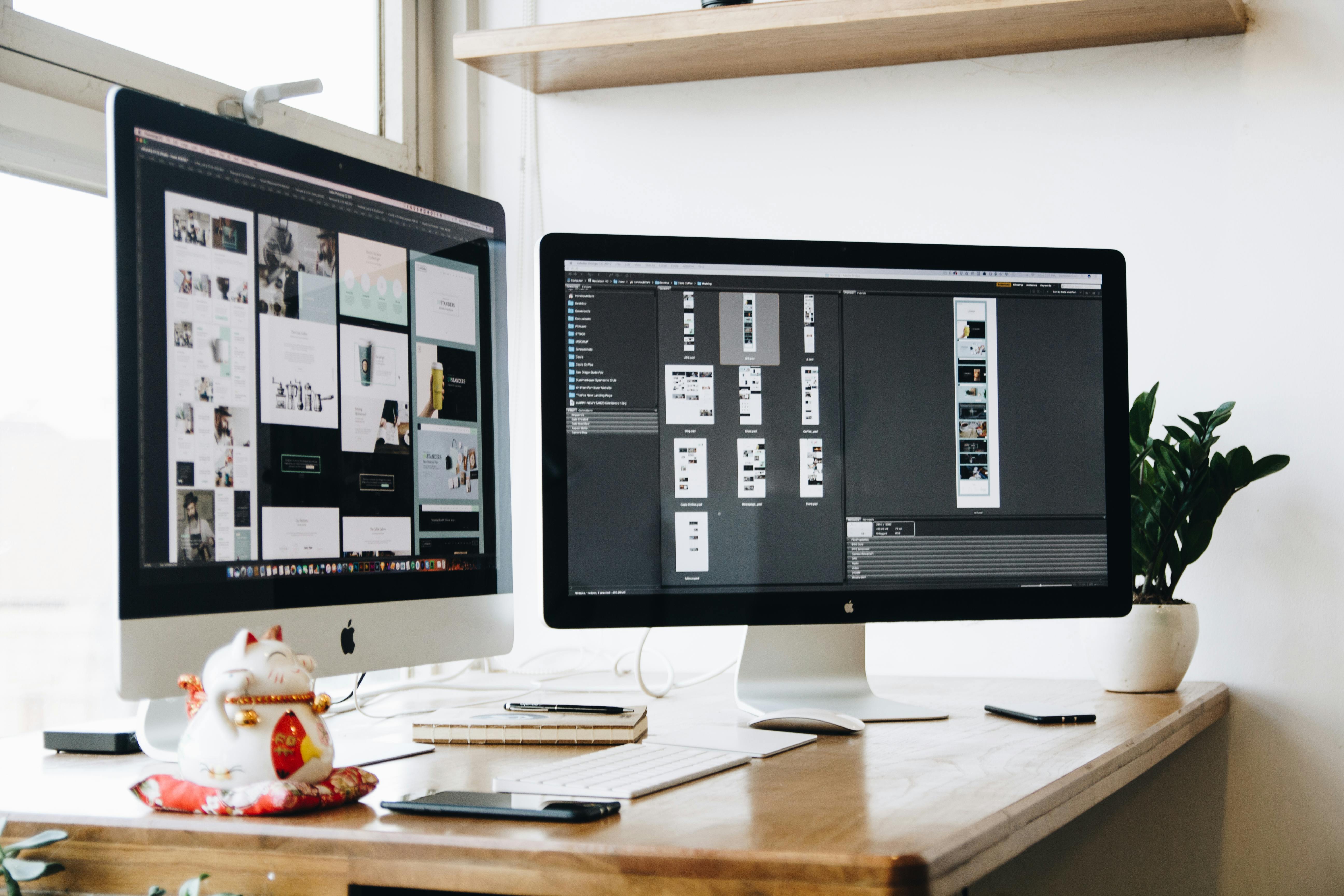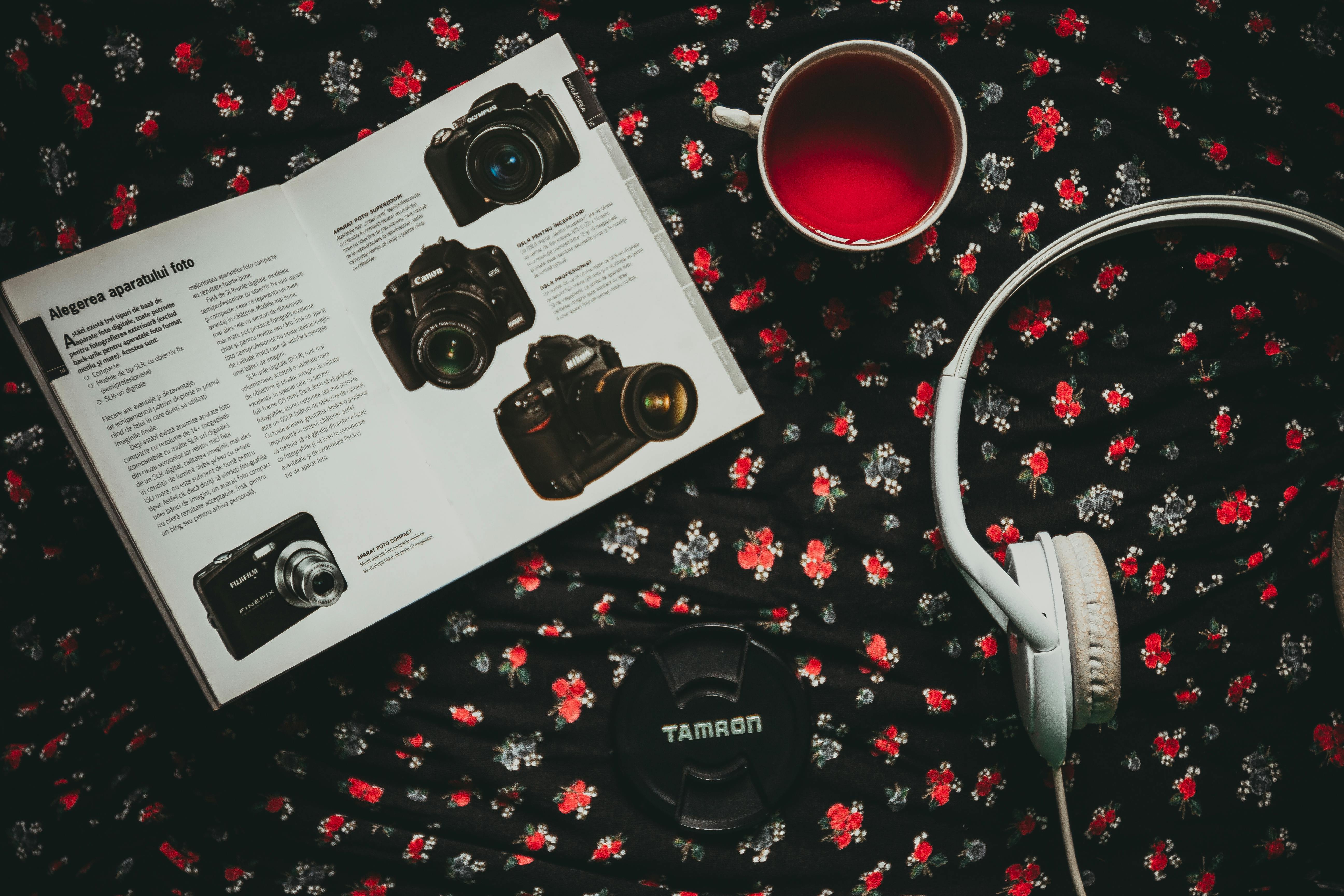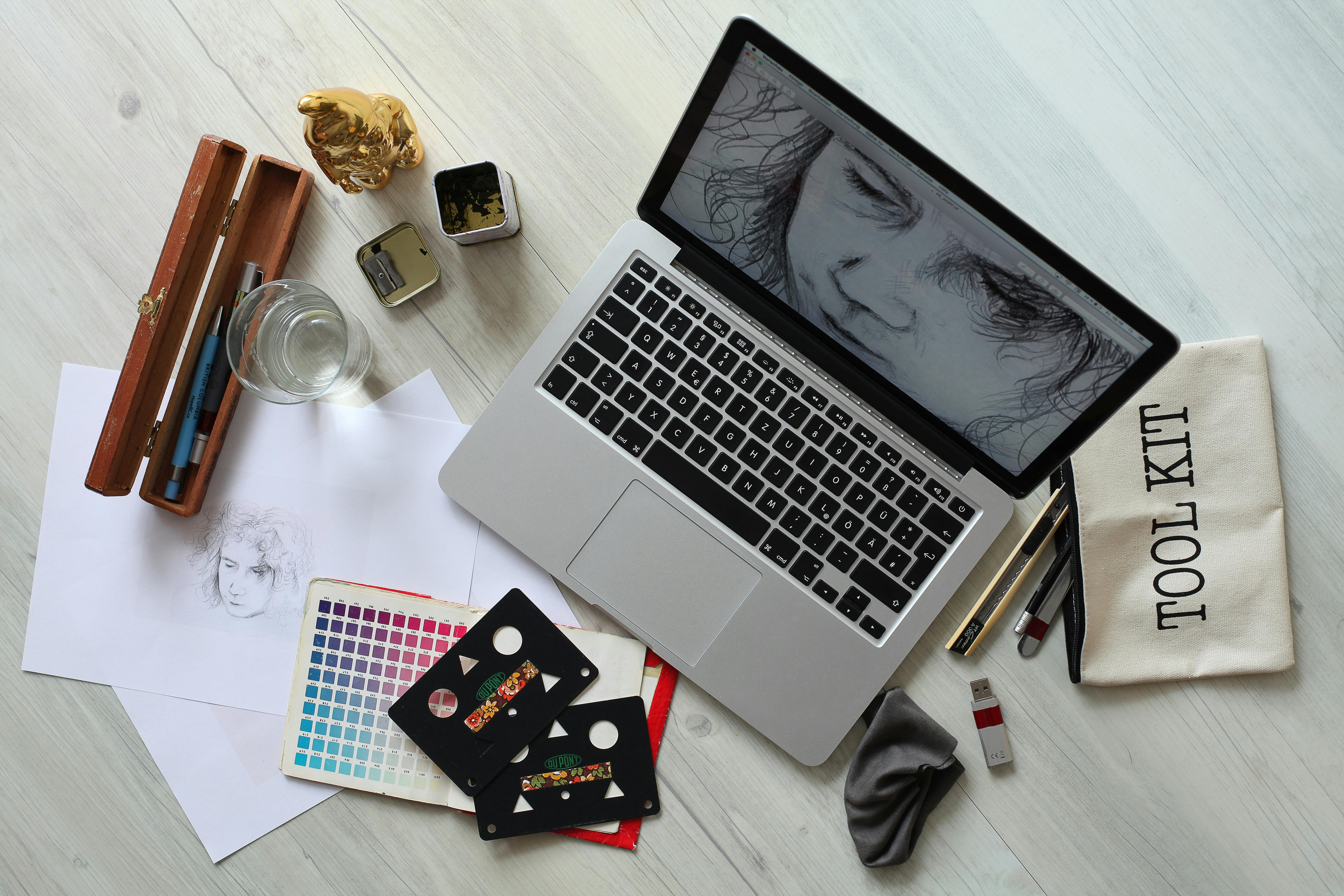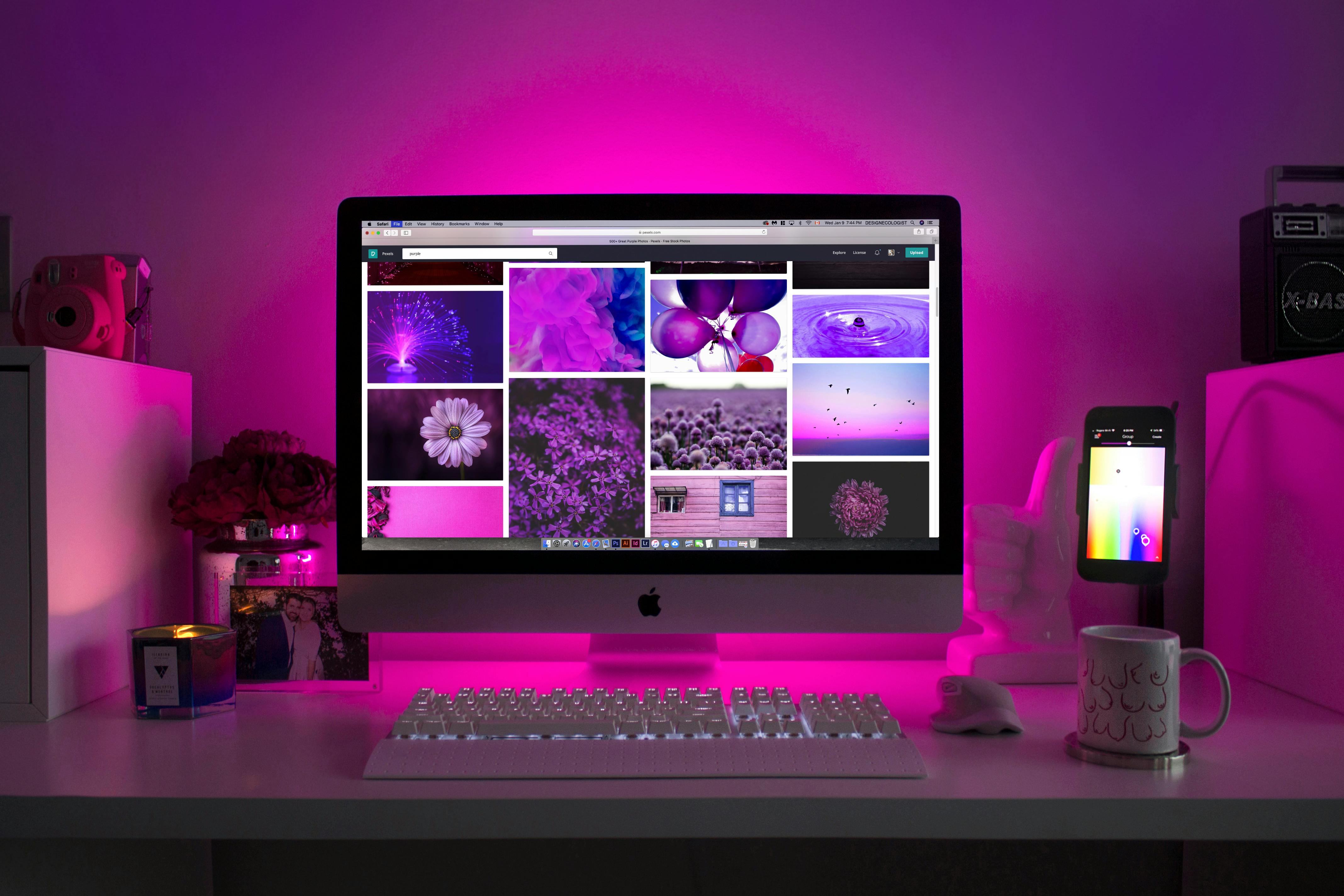Top 10 AI Tools for Graphic Designers in 2025: Revolutionizing Creativity
🎨 Top 10 AI Tools for Graphic Designers in 2025: Revolutionizing Creativity 🚀

🌟 AI’s Impact on Graphic Design in 2025
Artificial Intelligence is reshaping graphic design by automating repetitive tasks, generating unique visuals, and enhancing creativity. In 2025, AI tools empower designers to create stunning logos, social media graphics, and 3D models in minutes, not hours. They analyze user preferences, suggest layouts, and upscale images, saving up to 40% of design time. From text-to-image generators to smart color palettes, AI streamlines workflows, making professional-quality design accessible to beginners and pros alike. However, human oversight is key to ensure originality and brand alignment. Let’s explore the top 10 AI tools transforming content creation for graphic designers!
1. Adobe Firefly 🖌️
Description: Adobe Firefly is a generative AI tool integrated into Photoshop and Illustrator, ideal for creating images, text effects, and mockups.
How It Works: Input text prompts to generate visuals or use Generative Fill to edit images (e.g., remove objects, recolor vectors). It leverages Adobe’s Creative Cloud for seamless workflows.
Best Practices: Use specific prompts (e.g., “minimalist logo, blue tones”) for better results. Combine with Photoshop for fine-tuning. Ensure compliance with Adobe’s non-commercial watermark policy for AI outputs.
Advantages: Seamless Adobe integration, high-quality outputs, versatile for photo editing and mockups.
Disadvantages: Watermarked AI images; limited free credits in Creative Cloud.
Explore Adobe Firefly 🚀
2. Canva Magic Studio 🎥
Description: Canva’s AI suite for creating social media posts, presentations, and videos with drag-and-drop ease.
How It Works: Use Magic Design to generate layouts from prompts, Magic Edit to modify images, or Magic Resize for multi-platform formats.
Best Practices: Leverage templates for quick starts. Use Magic Write for text suggestions. Test outputs across platforms for consistency.
Advantages: User-friendly, free tier, extensive template library.
Disadvantages: Limited advanced editing; AI features require paid plans for full access.
Explore Canva Magic Studio 🚀
3. DALL·E 3 🖼️
Description: OpenAI’s text-to-image generator creating realistic or artistic visuals from detailed prompts.
How It Works: Enter a descriptive prompt (e.g., “futuristic cityscape, neon colors”) via ChatGPT Plus to generate four images per prompt.
Best Practices: Use detailed, specific prompts for precise results. Review outputs for ethical compliance. Avoid commercial use without licensing.
Advantages: High-quality, creative images; improved safety features.
Disadvantages: Requires ChatGPT Plus ($20/month); Discord-based access can be clunky.
Explore DALL·E 3 🚀

4. Midjourney 🌌
Description: A generative AI tool for creating high-quality images from text prompts, hosted on Discord.
How It Works: Use the /imagine command in Discord to input prompts and generate images in various styles.
Best Practices: Experiment with style parameters (e.g., --ar 16:9 for widescreen). Refine prompts iteratively. Check licensing for commercial use.
Advantages: Stunning, photorealistic visuals; ideal for moodboards.
Disadvantages: Discord interface; subscription starts at $10/month.
Explore Midjourney 🚀
5. Designs.ai 🛠️
Description: An AI-driven suite for logos, videos, and social media content, perfect for small businesses.
How It Works: Input brand details to generate logos, banners, or videos using templates and AI suggestions.
Best Practices: Use Logomaker for quick branding kits. Customize outputs to align with brand guidelines.
Advantages: All-in-one platform; free tier available.
Disadvantages: Limited customization for complex designs; paid plans start at $19/month.
Explore Designs.ai 🚀

6. Khroma 🎨
Description: An AI color palette generator that creates personalized color schemes based on user preferences.
How It Works: Select 50 preferred colors to train Khroma’s AI, which generates custom palettes with hex codes and accessibility ratings.
Best Practices: Use for branding and UI design. Test palettes in mockups for consistency.
Advantages: Free to use; ensures accessible color combos.
Disadvantages: Limited to color generation; no editing tools.
Explore Khroma 🚀
7. Let’s Enhance 🖥️
Description: An AI tool for upscaling and enhancing low-resolution images for print or digital use.
How It Works: Upload images to upscale resolution, reduce noise, or enhance colors using AI algorithms.
Best Practices: Use for print prep or restoring old images. Check outputs for artifacts.
Advantages: 10 free credits on signup; high-quality upscaling.
Disadvantages: Paid plans start at $9/month; occasional artifacts.
Explore Let’s Enhance 🚀
8. Uizard 📱
Description: An AI tool for UI/UX design, turning sketches or text into mockups and prototypes.
How It Works: Upload sketches or input text prompts to generate editable UI designs, exportable to Figma.
Best Practices: Use for rapid prototyping. Collaborate via Dribbble integration.
Advantages: Free version; beginner-friendly.
Disadvantages: Limited to UI/UX; paid plans start at $12/month.
Explore Uizard 🚀

9. Fontjoy ✍️
Description: An AI-powered tool for generating harmonious font pairings for branding and web design.
How It Works: AI suggests font combinations based on neural networks; preview in real-time for headings and body text.
Best Practices: Test pairings in mockups. Prioritize legibility for UI projects.
Advantages: Free; quick and intuitive.
Disadvantages: Limited to typography; no advanced design features.
Explore Fontjoy 🚀
10. Runway ML 🎬
Description: An AI tool for advanced video editing and motion graphics, ideal for dynamic content.
How It Works: Use AI for video effects, background removal, or text-to-video generation with customizable styles.
Best Practices: Use for social media or marketing videos. Refine outputs with manual edits.
Advantages: Versatile for video and static designs; user-friendly.
Disadvantages: Paid plans start at $15/month; complex for beginners.
Explore Runway ML 🚀

🌟 Tips for Using AI Tools in 2025
🛠️ Refine AI Outputs
Always tweak AI-generated designs to ensure brand alignment and originality.
📝 Use Detailed Prompts
Provide specific descriptions for better AI results (e.g., “vintage logo, green palette”).
🔍 Check Licensing
Verify commercial use rights for AI-generated content to avoid legal issues.
🚀 Experiment Freely
Test multiple tools to find the best fit for your workflow.
⚠️ Challenges to Watch For
AI tools are powerful but come with challenges:
- 🛑 Generic Outputs: AI designs may lack originality; refine to stand out.
- ⏳ Learning Curve: Tools like Midjourney require time to master.
- 📚 Ethical Concerns: Ensure AI content doesn’t infringe copyrights.
- 🏅 Over-Reliance: Balance AI use with human creativity to maintain skills.
🚀 Elevate Your Design Game in 2025!
AI tools like Adobe Firefly, Canva, and Midjourney are transforming graphic design, saving time and boosting creativity. From generating logos to upscaling images, these 10 tools empower designers to create professional visuals efficiently. Despite challenges like generic outputs or licensing concerns, the benefits—speed, accessibility, and innovation—make them essential. Start experimenting with these tools to stay ahead in the $45 billion graphic design market. Click the buttons above and unleash your creativity! 🌟
© 2025 Tech-Checkmate | 🌐 Made with ❤️ for the creative revolution

.png)
Comments
Post a Comment